This 12,000-Year-Old Monument Turned Out to Be the World’s Oldest Calendar
Gobekli Tepe in Turkey is revered for its megalithic pillars and intricate carvings, which showcase the architectural and artistic abilities of humans over 10,000 years ago.
But to this day, the reason behind the site’s construction remains somewhat of a mystery to researchers.
A New Discovery
A new study from scientists from Scotland proposes the 12,000-year-old structure was more than a ritualistic or ceremonial site composed of enormous stones.
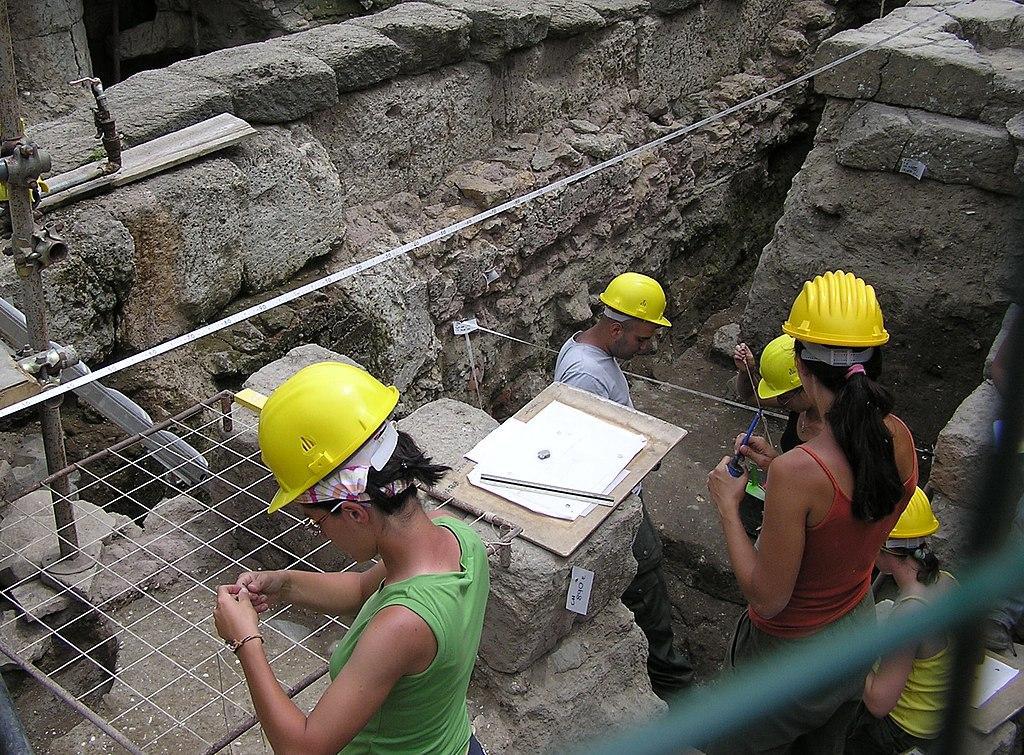
Source: Wikimedia
Instead, it may have been constructed to help ancient people track the passage of time.
Early Discovery of Gobekli Tepe
In 1964, a team conducting a geographical survey at a site around 9 miles northeast of the Turkish city of Sanlıurfa was the first to record what would become Gobekli Tepe.
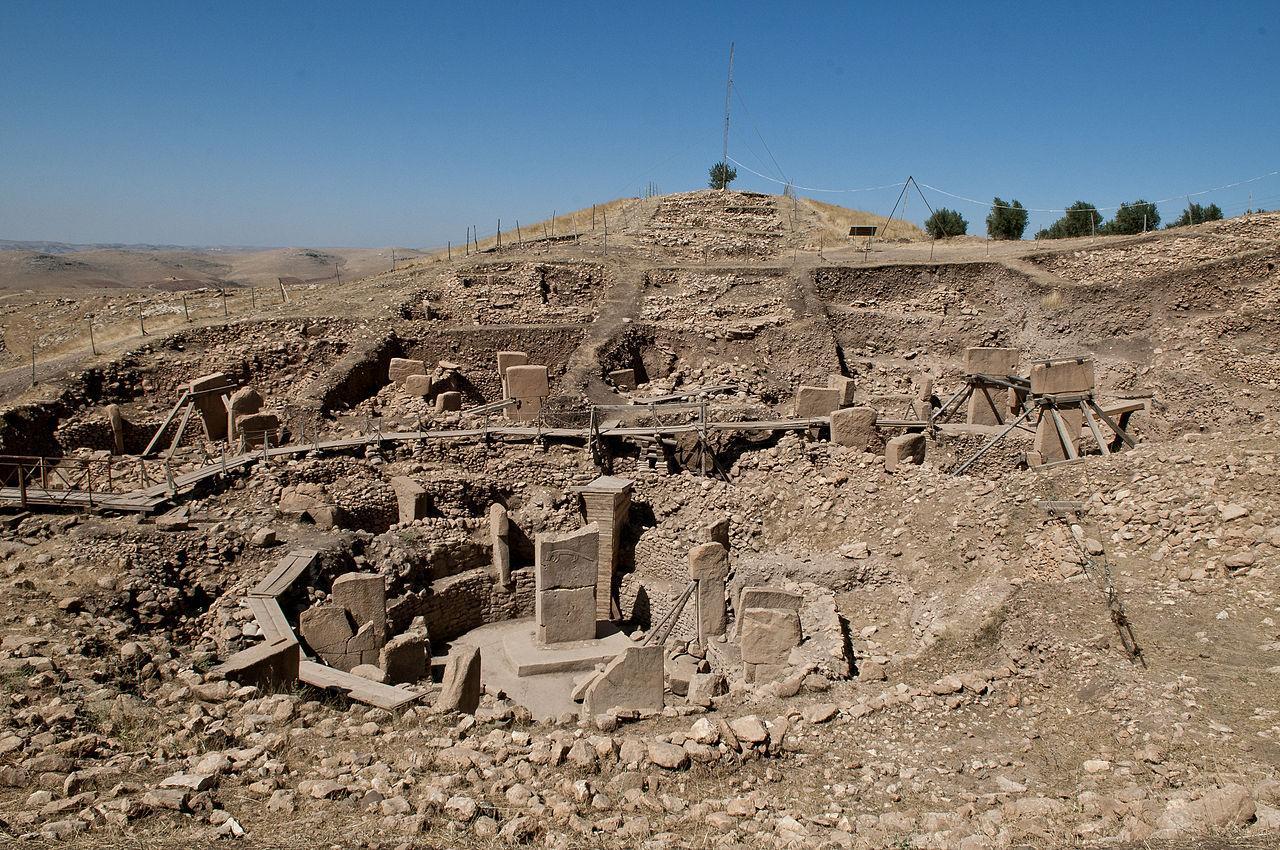
Source: Wikimedia
In 1994, the German archaeologist Klaus Schmidt recognized the significance of the site after an initial inspection, and excavations began the following year. What Schmidt and his team unearthed would go on to be labeled one of the most impressive discoveries of the 20th century.
T-Shaped Stone Pillars
After years of excavations, Schmidt and his extensive team slowly unearthed the remains of an enormous site consisting of large pillars laid out in intricate circular formation.
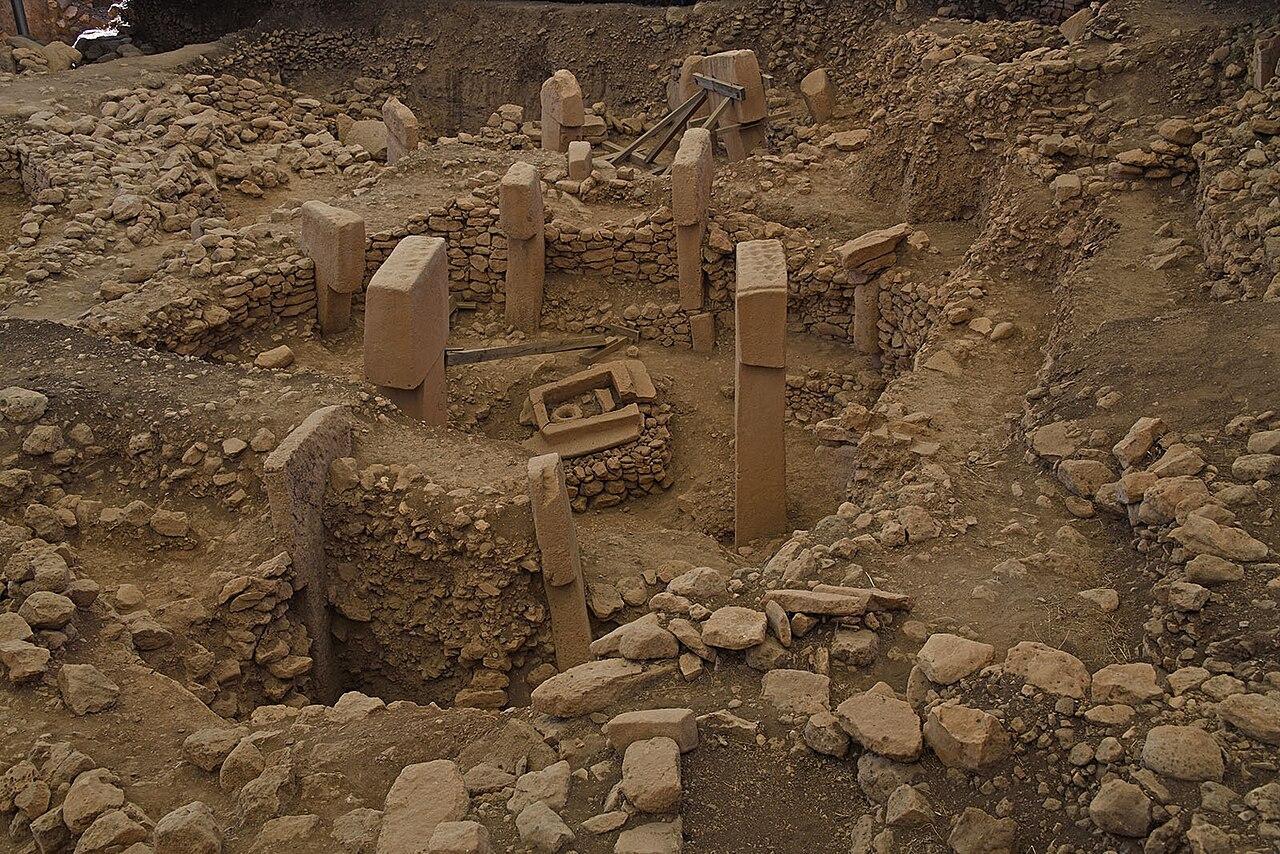
Source: Wikimedia
The site has numerous T-shaped limestone tons, some of which stand up to 16 feet tall and weigh over 50 tons.
Intricate Carvings on the Pillars at Gobekli Tepe
Initial dating conducted at the site led researchers to suggest that it could be up to 11,000 years old, making it one of the oldest known man-made structures ever discovered.
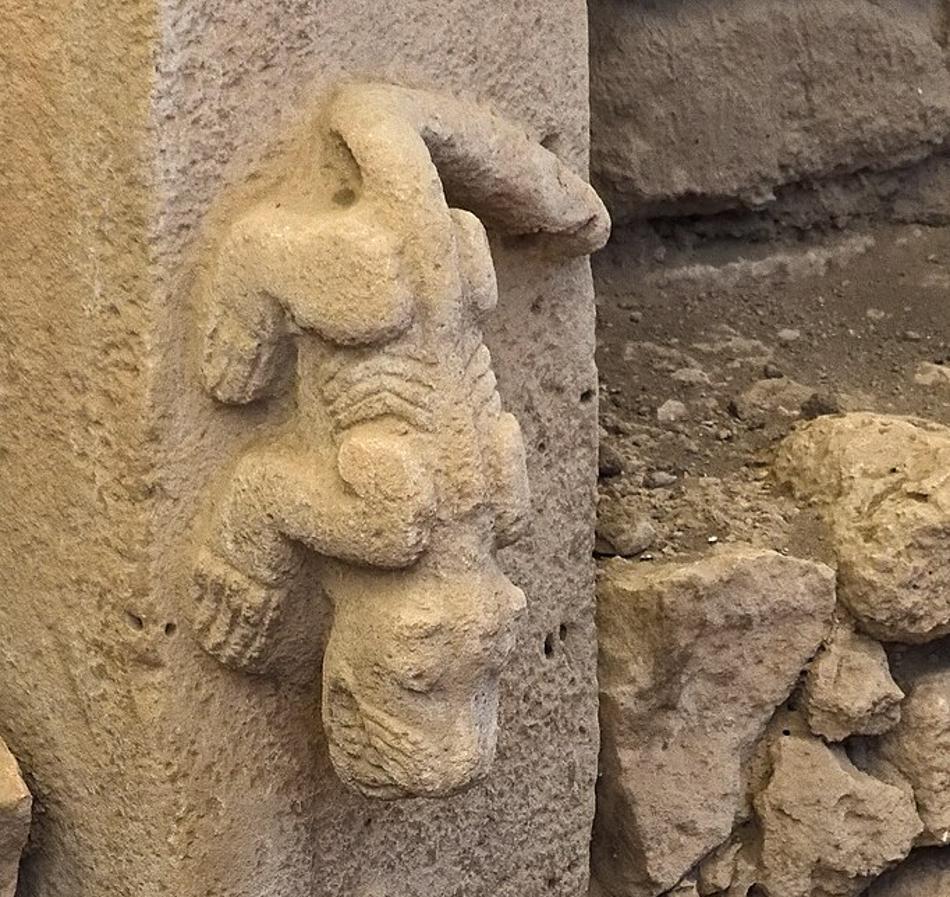
Source: Wikimedia
Many of the pillars showcase fascinating carvings of animals, from lions to scorpions, foxes, and geometric symbols, all of which have captivated the attention of researchers over the years.
Theories on the Site's Original Use
Professor Schmidt, who worked on the site until his death in 2014, never believed Gobekli Tepe was a settlement. Instead, he was adamant the site in Anatolia was some kind of religious or ceremonial structure.

Source: Wikimedia
When asked about the site’s original purpose at one point in his career, Schmidt said, “This is the first human-built holy place.” Despite his belief, others continue to propose a range of theories surrounding Gobekli Tepe’s function.
Enormous Calendar in Turkey
Now, a new study published in the journal Time and Mind proposes an entirely alternative theory.
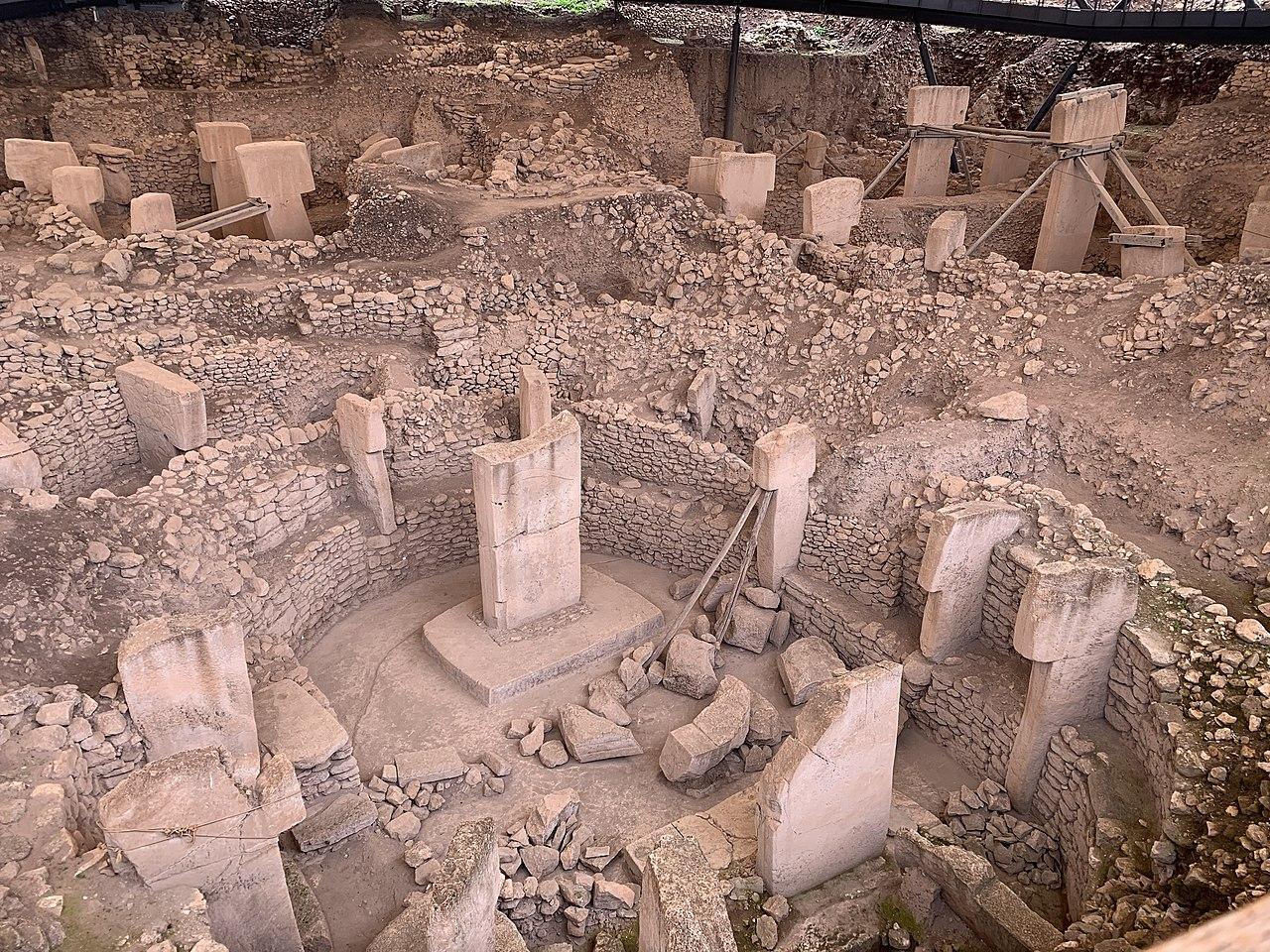
Source: Wikimedia
Researchers from the University of Edinburgh have put forward a compelling theory. They claim that certain carvings found at the site indicate that Gobekli Tepe was associated with the passage of time, serving as an enormous man-made calendar.
Scientists Analyse Carvings at Gobekli Tepe
The scientists meticulously examined the numerous carved symbols found at the site, suggesting that every “V” represents a day of the year. This thorough examination led them to suggest that one pillar featured 365 “V’s,” making it a total of one solar year.
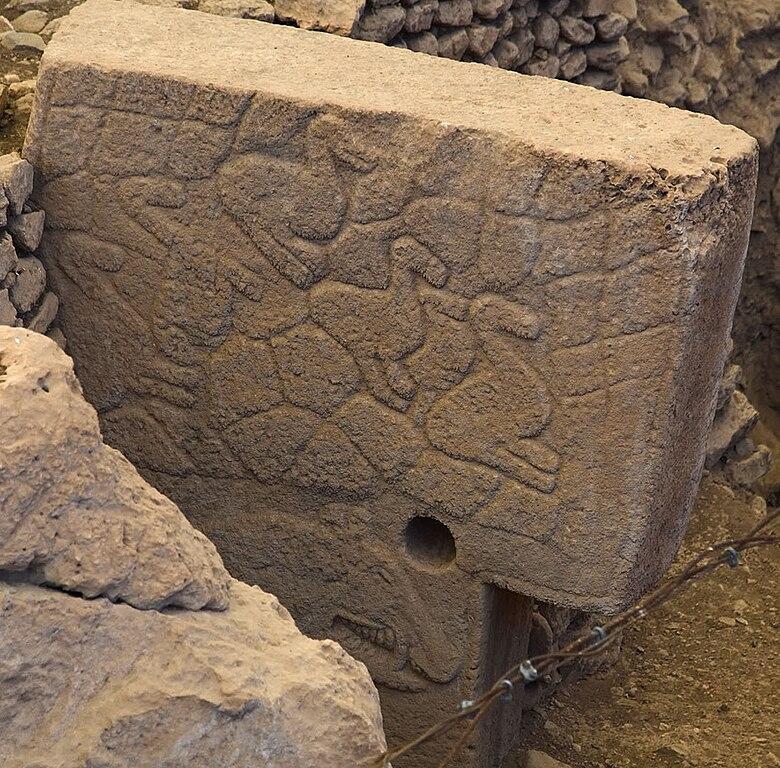
Source: Wikimedia
A separate carving featuring a bird-like beat wearing a V around its neck may represent the summer solstice constellation during the era in which the site was occupied.
Younger Dryas Impact Hypothesis
According to the researchers, Gobekli Tepe’s function as a calendar is preoccupied with day, night, and seasonal changes that may have come following a cataclysmic event.

Source: Wikimedia
This may align with the Younger Dryas impact hypothesis, which suggests fragments of a comet hit Earth around 10,8000 years ago, ushering in a mini-ice age that eliminated numerous species.
Astronomers at Gobekli Tepe
In a statement, Martin Sweatman, the lead study researcher from the University of Edinburgh’s School of Engineering, further emphasized their beliefs, suggesting that the ancient inhabitants of Gobekli Tepe were not just builders, but knowledgeable astronomers.
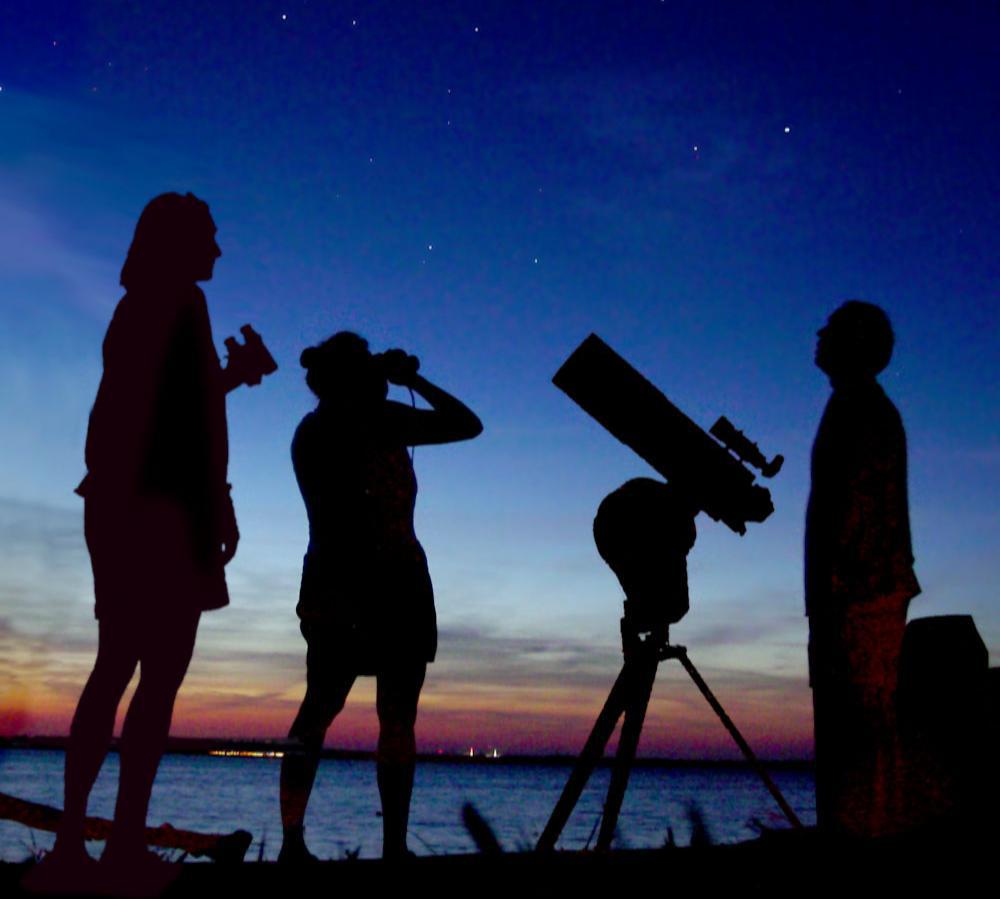
Source: Wikimedia
“It appears the inhabitants of Gobekli Tepe were keen observers of the sky,” he said.
Inhabitants of Gobekli Tepe Closely Watch the Sky
Sweatman continued, their observation of the sky “is to be expected given their world had been devastated by a comet strike. The event might have triggered civilization by initiating a new religion and by motivating developments in agriculture to cope with the cold climate.”

Source: Wikimedia
He added, “Possibly, their attempts to record what they saw are the first steps toward the development of writing millennia later.”
Ancient Astronomers Follow the Cycles of the Sun and Moon
According to the scientists, the carvings suggest the inhabitants of Gobekli Tepe tracked the cycles of the Sun and the Moon, which pre-date all other known calendars by “many millennia.”
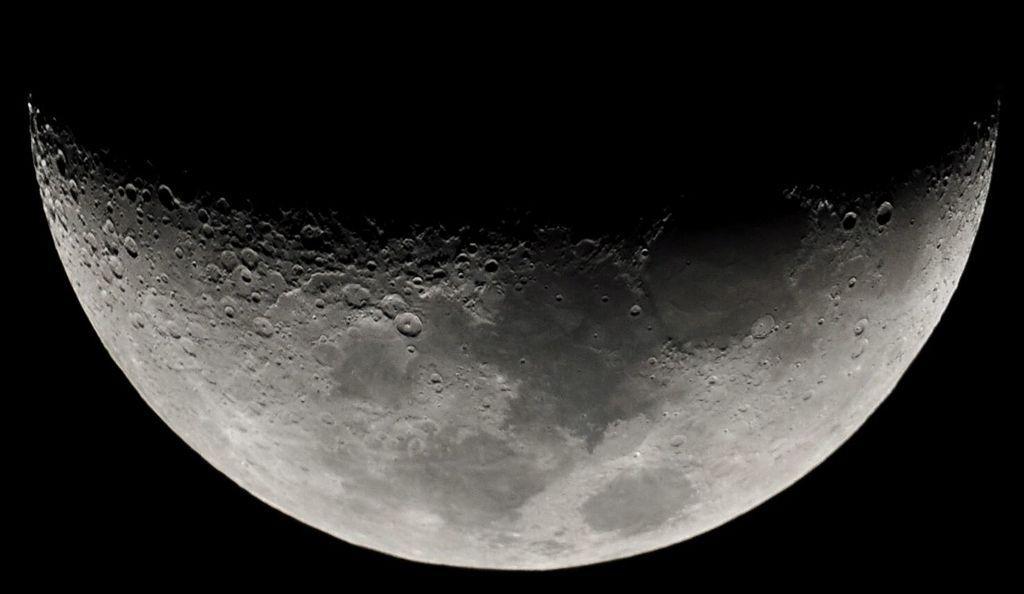
Source: Wikimedia
They even suggest that ancient astronomers may have held some understanding of the increased potential of meteor strikes when Earth’s orbit passes by circling comment fragments, which has been backed up by modern science.
Questioning the Markings
Archaeologist Jens Notroff was not immediately convinced about the new findings and questioned whether the markings held a deeper meaning.

Source: Freepik
He wrote on X, formerly known as Twitter, that there was “an obsession with the idea that there *must* be a secret, a hidden code which needs to and can be decoded—while it’s really just about past humans living their lives.”
The Nebra Sky Disk
The possible comet shape on Pillar 18 shares many of the characteristics of the Nebra sky disk, a second-millennium BCE artifact unearthed in modern-day Germany.
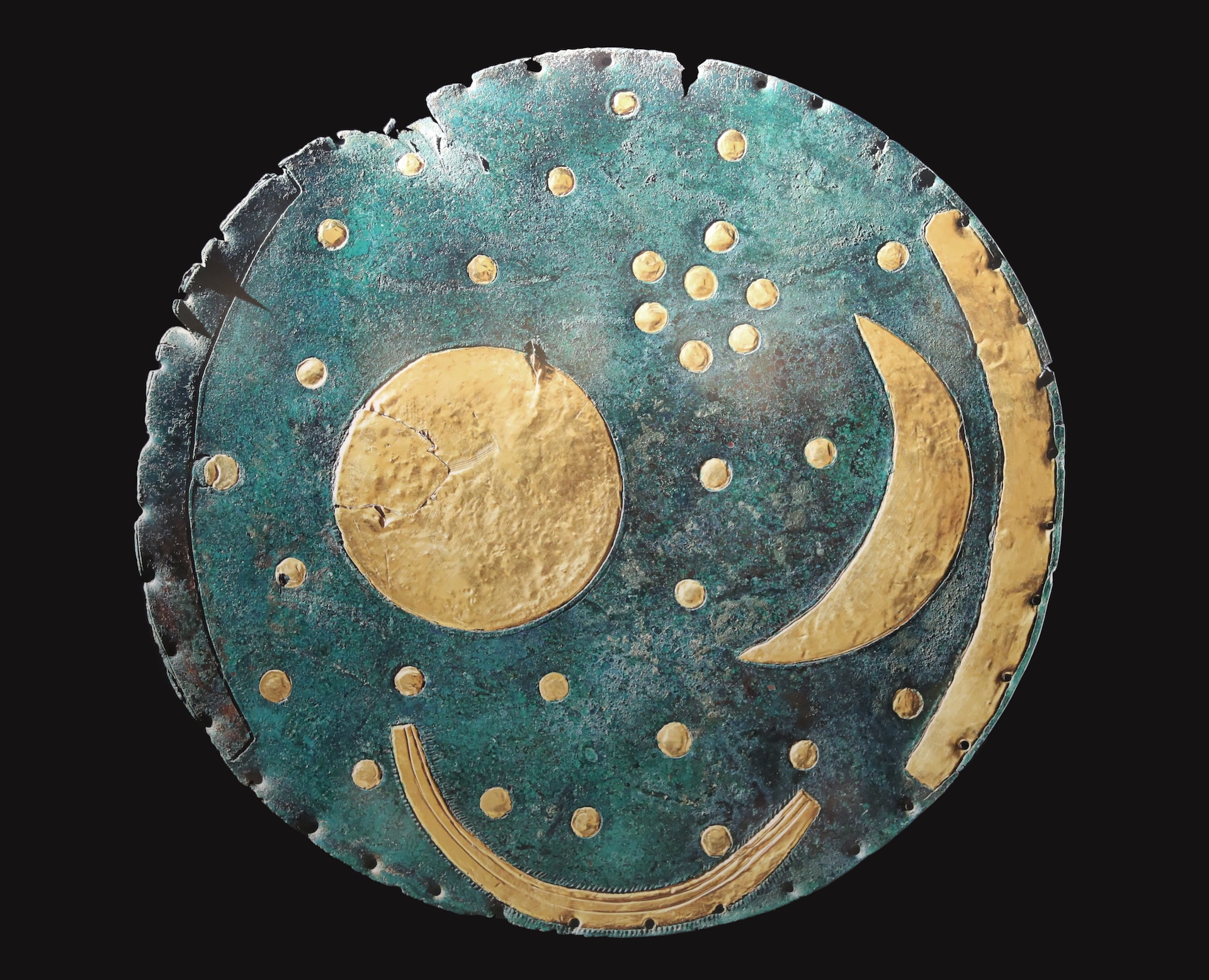
Source: Frank Vincentz/Wikimedia Commons
The Nebra sky disk, which dates from the second millennium BCE, depicts the sun, the moon, and possibly other astronomical shapes.
Not Everyone Believes in the Theory
But not everyone is on board for the comet hypothesis. Some researchers suggest that the pillar depicts a mythological boat or a rainbow, Astronomy Magazine wrote in 2021.

Source: Alex Green/Pexels
The researchers suggest that the shape might be an aurora borealis, according to a short report in Physic Today from that same year.
The Previous Oldest Calendar
Before the discovery of Gobekli Tepe, hunter-gatherer societies created the world’s oldest known calendar, a Mesolithic monument. The Mesolithic monument, which was found in Aberdeenshire, Scotland, by the National Trust for Scotland in 2004, dates back to around 8,000 BC.

Source:
The team published their findings in the journal Internet Archaeology sheds remarkable new light on the lunisolar device, which predates the first formal time-measuring devices known to man.
The Importance of Measuring Time
Measuring time is one of the most important achievements made by humans, but when we “created” the concept of time is widely unknown. But knowing that communities long ago can shed light on how society has developed.

Source: Freepik
Until the discovery of the Mesolithic, the first formal calendars appeared 5000 years ago in Mesopotamia.
A Calendar Mimic the Phases of the Moon
Researchers discovered that the Mesolithic monument was created by hunter-gatherers in Aberdeenshire nearly 10,000 years ago. The calendar appears to mimic the phases of the Moon.
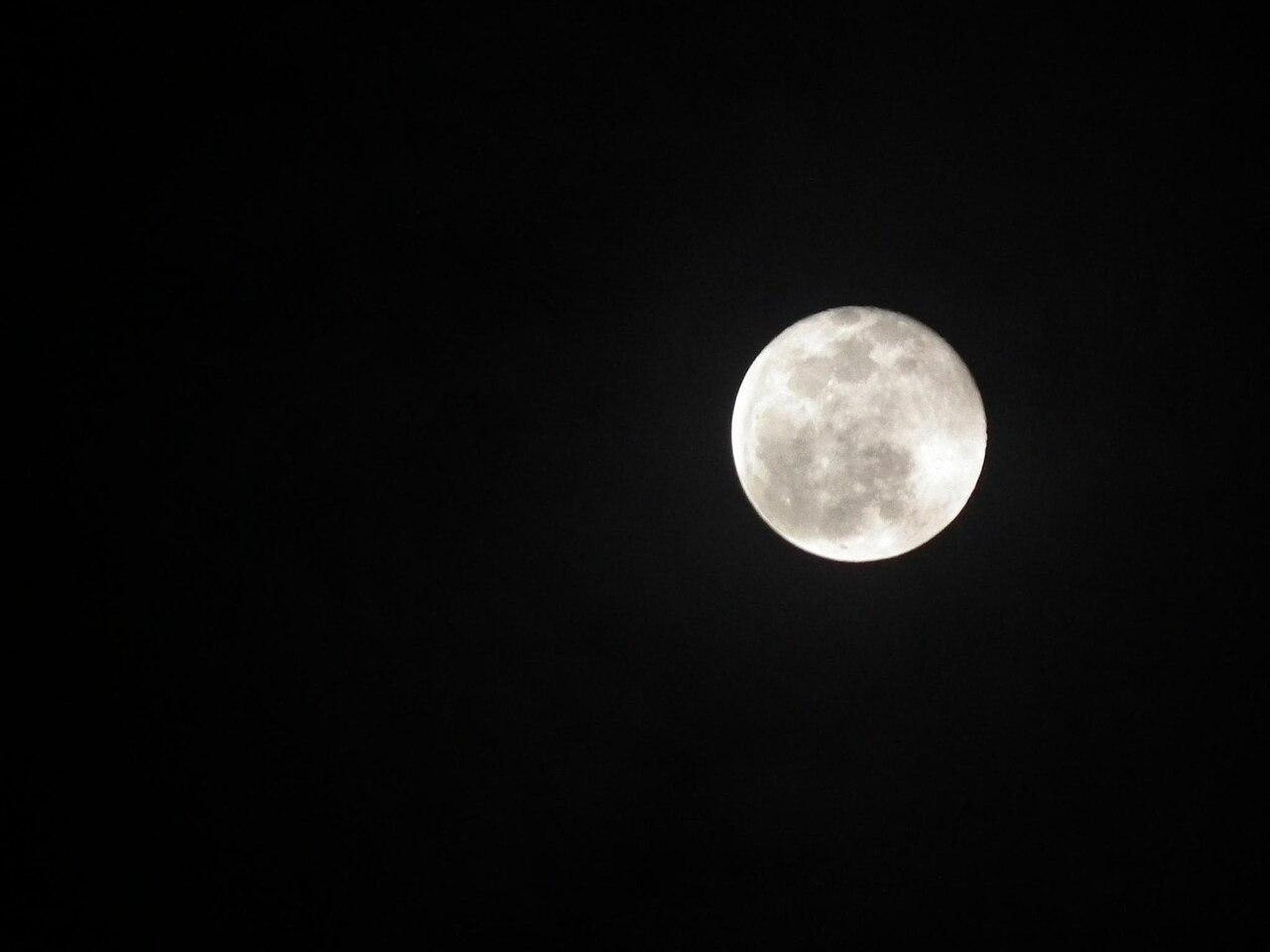
Source: Wikimedia
The researchers behind the project believe that the Moon phases helped the community track the months over the course of the year.
The Site Also Holds Importance
The site that the ancient calendar, Warren Field, Crathes, also aligns on the Midwinter Sunrise, providing an annual astronomic correction to maintain the link between the passage of time.

Source: Colton Duke/Unsplash
The Moon, the asynchronous solar year, and the associated seasons indicated this.
Reconstruction History
“The evidence suggests that hunter-gatherer societies in Scotland had both the need and sophistication to track time across the years, to correct for seasonal drift of the lunar year and that this occurred nearly 5,000 years before the first formal calendars known in the Near East,” Vince Gaffney, Professor of Landscape Archaeology at the University of Birmingham, commented.

Source: Freepik
He notes: “In doing so, this illustrates one important step towards the formal construction of time and therefore history itself.”
The Specialty of Warren Field
Dave Cowley, Aerial Survey projects manager at RCAHMS, said: “We have been taking photographs of the Scottish landscape for nearly 40 years, recording thousands of archaeological sites that would never have been detected from the ground.

Source: Wikimedia
“Warren Field stands out as something special, however. It is remarkable to think that our aerial survey may have helped to find the place where time itself was invented.”
The Sophistication of the Hunter-Gatherers
Dr Richard Bates, of the University of St Andrews, comments: “St Andrews has an established reputation for remote sensing studies of early prehistoric sites in Scotland but the site at Warren Field is unique.

Source: Wikimedia
“It provides exciting new evidence for the earlier Mesolithic in Scotland demonstrating the sophistication of these early societies and revealing that 10,000 years ago hunter-gatherers constructed monuments that helped them track time.”
The (Previous) Oldest Known Calendar
“This is the earliest example of such a structure and there is no known comparable site in Britain or Europe for several thousands of years after the monument at Warren Fields was constructed,” Bates noted.

Source: Wikimedia
Unfortunately, this was the oldest calendar for nearly a decade until the discovery of the Mesolithic.
Ancient Astronomers Were Well Ahead of Their Time
In conclusion, the researchers propose that the carvings at Gobekli Tepe clearly showcase the ancient inhabitants’ recording of precise dates and following the movement of constellations.
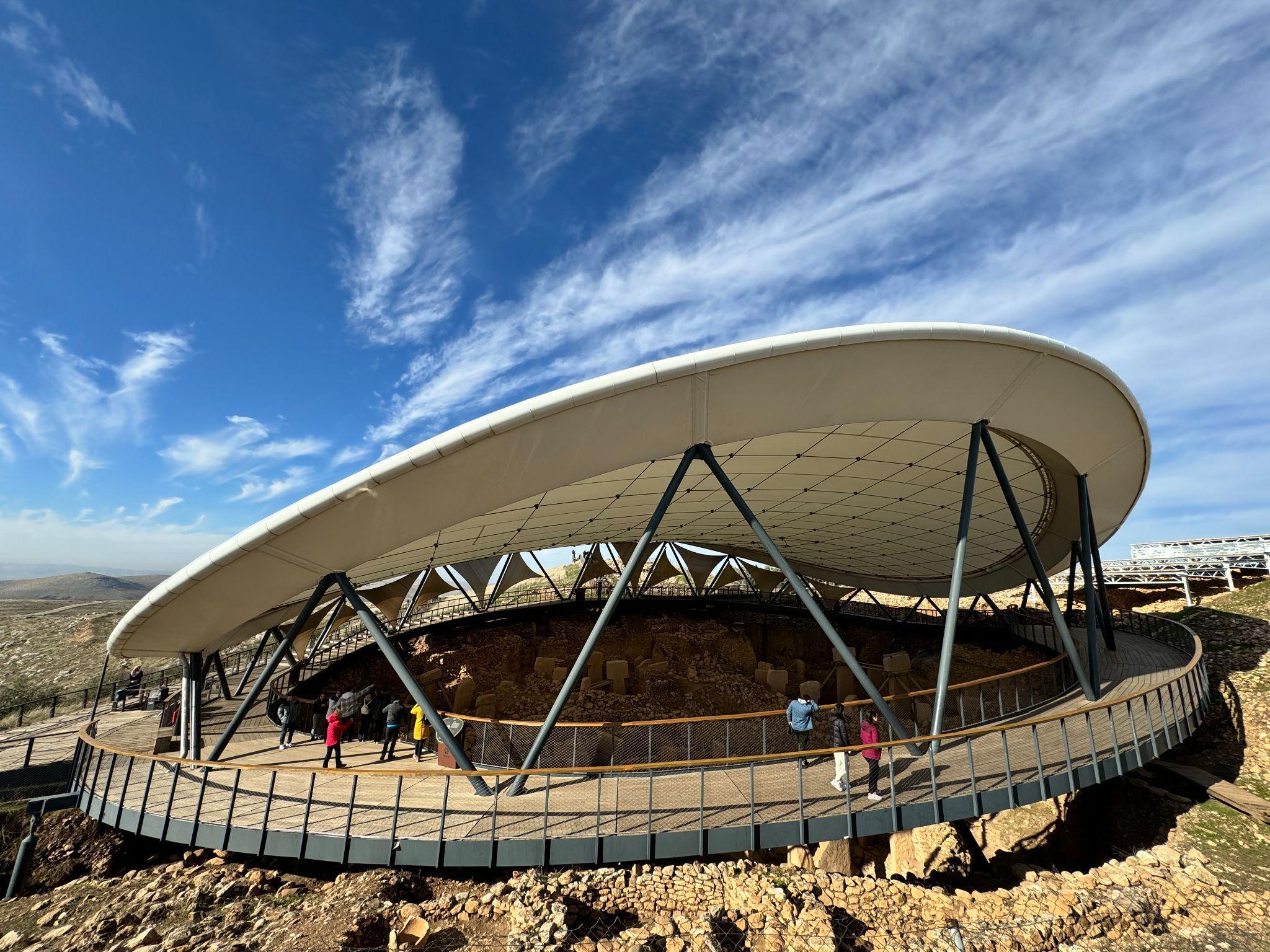
Source: Wikimedia
The researchers based in Scotland even propose that ancient civilizations knew of the wobble in Earth’s axis, a discovery that wouldn’t be documented until Hipparchus of ancient Greece theorized the process in 150 BCE. This suggests that these ancient astronomers were well ahead of their time.
